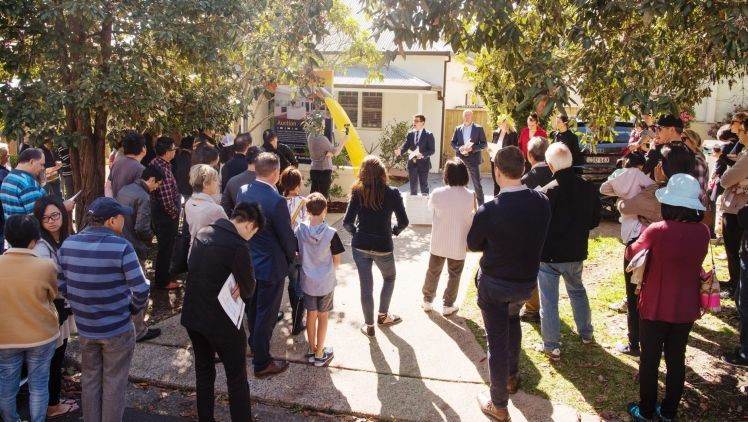Botany's earliest residents were the Aboriginal people who have lived in the Botany area for over 9,000 years.
It has been estimated that 1,000 to 1,200 Aboriginal people lived around the shores of Botany Bay.
After European settlement the name 'Botany' was adopted, the Aboriginal translation of 'Booralee' was often used. The village was often officially referred to as 'Booralee' and subsequent maps saw Botany bearing this name.
Today, nearby Booralee Park celebrates this important connection.
Captain James Cook first landed in Botany in 29 April 1770, when navigating his way around Australia on the Endeavour.
The traditional owners of the land are the Gadigal and Bidjigal people. Maroubra is a local Aboriginal word meaning place of thunder, referencing the crashing waves for which the suburb is famous for.
In 1861, the first house was built in the area by Humphrey McKeon. Other settlers joined to the area to work on the wool scouting works in 1870.
The name Coogee is derived from the Aboriginal word 'koojah' which means 'bad smell' thought to refer to the 'smell of seaweed drying', which sometimes still washs up on Coogee Beach and leaves a distinctive smell.
The early days of European settlement in Coogee saw it flourish as a market gardeners paradise. Many of the first residents Large mansions were being built in Coogee by the late nineteenth century by wealthy Sydney residents who were establishing their status in society with imposing homes by the seaside.

A recent UTS study has revealed that weather plays an integral part in auction day results.
A sunny or hot day can result in paying thousands more on auction day, as opposed to a dreary or rainy day. Surprisingly weather does appear to have an effect on people and the price they’re willing to pay.